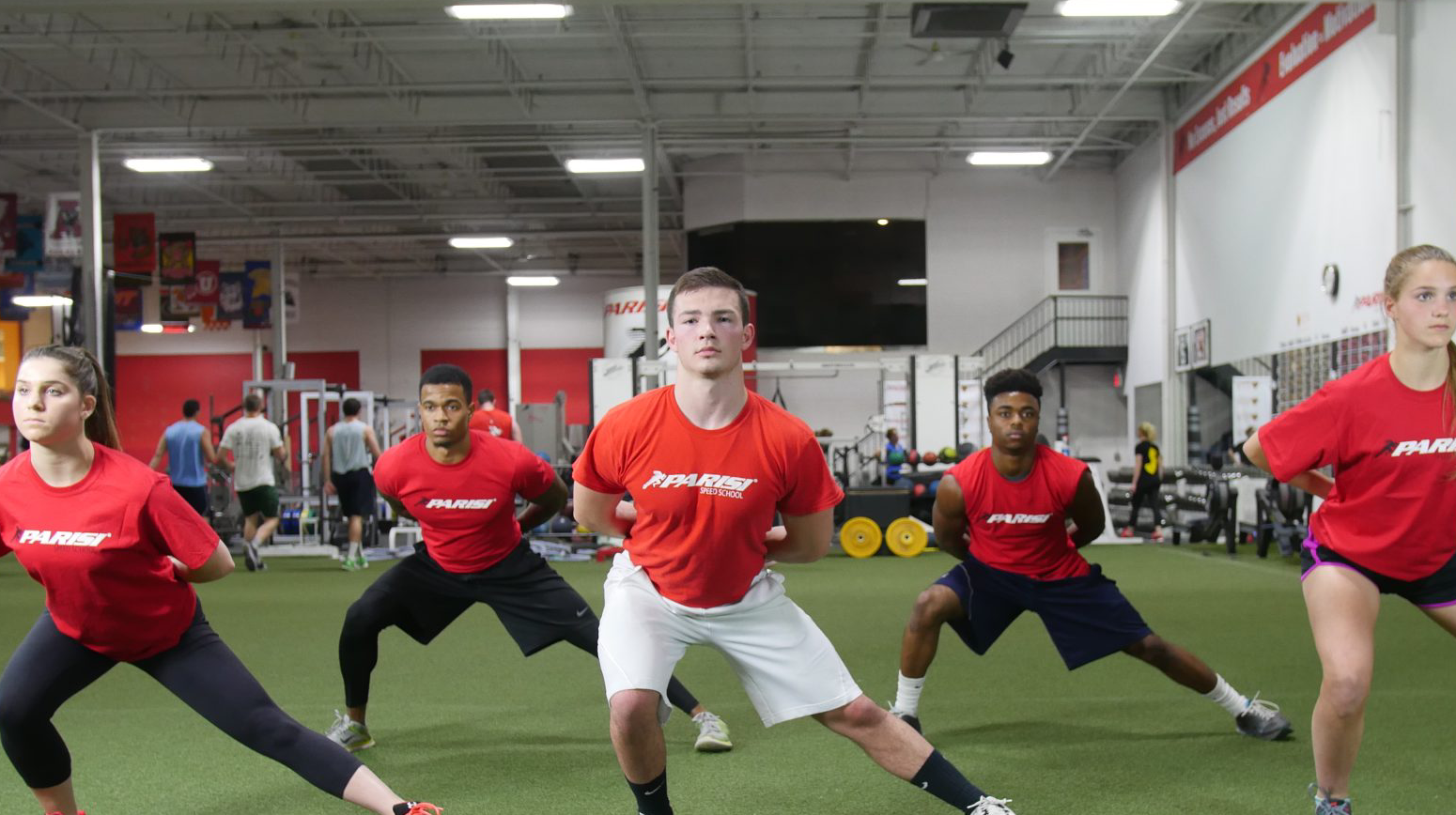Core Training is essential to developing a great athlete.
A strong core:
- Leads to a stiffer torso that will help with heavier lifts (Torso Stiffness). This is great for increasing the weights for a deadlift or squat.
- Allows for better transfer of kinetic energy through the Hips, Torso and Shoulder – a requirement for any overhead athlete i.e. baseball/softball players, quarterbacks, hockey players, lacrosse players, etc.
- Helps in the role of breathing; facilitating air movement and air pressures from the diaphragm.
Strength Coaches, Trainers and Physical Therapists should include some sort of core development into any client or patient program. Think of the core as a pillar, a pillar is a firm upright support for a superstructure. Your body is the superstructure; the stronger the core (pillar) is the stronger and more supported your body will be. Having a stable spine is essential for injury prevention.
Stuart McGill has said that when it comes to the body, “proximal stiffness enhances distal athleticism.” When your core musculature is strong all-around and properly bracing your spine, it’ll allow your limbs to move more rapidly and forcefully, such as a sprint.
Any athlete that values speed or strength (including powerlifting) can benefit from spine stabilization training (core training) since a more stable spine allows for more powerful movements of the extremities.
Anatomy
The area between the shoulder and the hips are the muscles that contribute to the core.
Anterior: Rectus Abdominis, External Oblique’s, Internal Oblique’s, Transverse Abdominis, Psoas
Posterior: Rhomboids, Latissimus Dorsi, Erector Spinae, Multifidus, Quadratus Lumbar
Exercises
Exercise selection should look to how the core functions. When selecting an exercise for core training you should take into consideration these three categories:
- Anti- Extension
- Anti- Rotation
- Anti- Lateral Flexion
Anti- Extension
Push-Up Variations, Overhead Press Variations, Planks, and Pullovers
Anti- Rotation
SA Chest Press, SA Push Up Holds, Chops, Row Variations and Landmine Presses
Anti –Lateral Flexion
Carry Variations such as Offset Carry, Farmers Carry, SA Overhead Carry, SA Carry and Offset Squats and Deadlifts
Sport Specific
Over Head Athletes: Baseball/Softball, Volleyball, Lacrosse, and Swimming
Goal: Anti-Extension and Anti-Rotational
Body Building
Goal: Anti-Extension, Anti- Lateral Flexion
Powerlifting
Goal: Anti-extension, Anti-Lateral Flexion
Track, Soccer, Basketball
Goal: Anti- Extension, Anti-Lateral Flexion
C.M.

 Athletes who train for the winter sports season are better prepared!
Athletes who train for the winter sports season are better prepared!